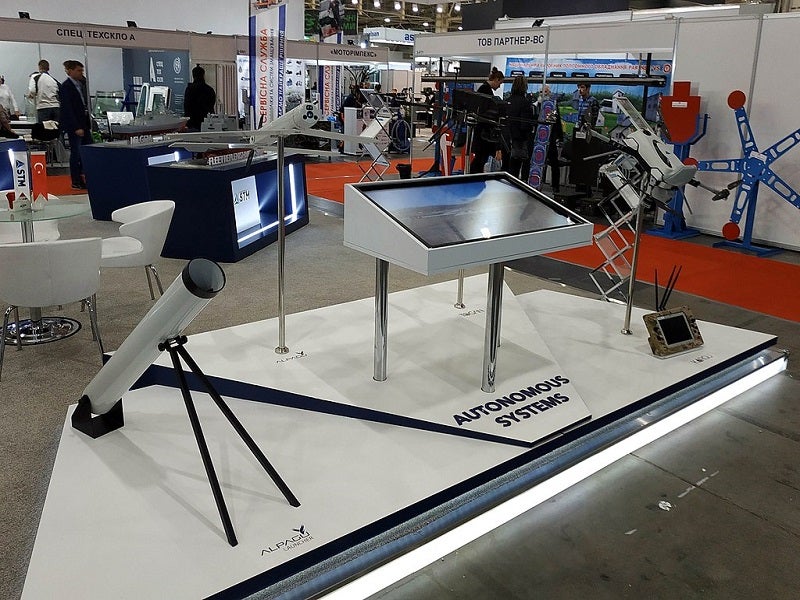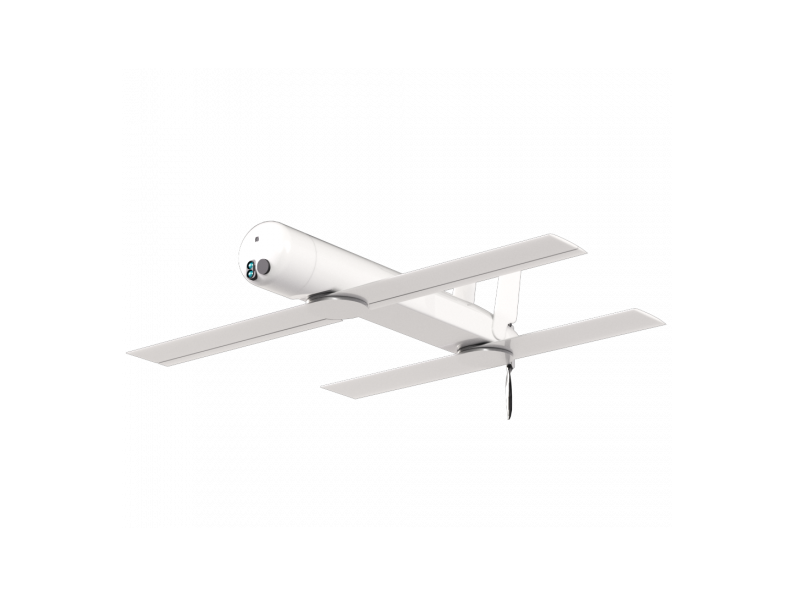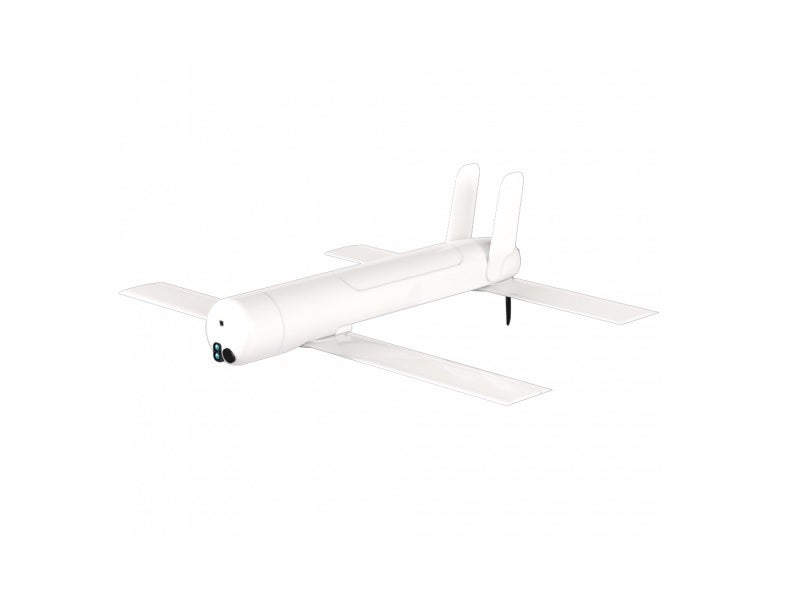Alpagu is a fixed-wing autonomous tactical attack uncrewed aerial vehicle (UAV) developed by Savunma Teknolojileri Muhendislik (STM), a Turkish defence company.
Also known as the kamikaze UAV, Alpagu is designed for reconnaissance and surveillance, and precision strikes on targets beyond direct visibility. It can seamlessly integrate across various platforms, including land, sea, and air.
The UAV received significant praise when four instances of pinpoint accuracy were demonstrated in targeting during the 2023 Haydar Aliyev Exercise, a collaborative effort between the Turkish Air Force (TAF) and the Azerbaijani Armed Forces in Kars.
STM announced the delivery of the first batch of Alpagu systems to an undisclosed user country in November 2023 after the system successfully passed all field tests.
Alpagu UAV system components
The Alpagu UAV system consists of a fixed-wing smart ammunition system, a launcher, and a ground control station (GCS).
The 653mm-long fixed-wing ammunition system has a 105mm diameter and a wingspan of 883mm.
The launcher has dimensions of 860mm × 170mm × 150mm and uses the gas generator launch method to launch the drone.
The GCS features an 11.6in screen and uses internal and external antennas for communication as well as a mesh network. It enables multiple Alpagu platforms to be controlled simultaneously.
Alpagu tactical attack UAV design and features
The drone weighs 1.95kg and can carry a warhead weighing 270g. It has a cruise speed of 21m/s and a maximum speed of 28m/s. It has an operational range of less than 10km and a mission endurance of 15 minutes.
The operating altitude of the UAV is 120m above ground level (AGL), with the flight altitude ranging between 80m and 200m (AGL).
The UAV has a control distance of 8km (line of sight or LOS) and uses an AES-256 security system, as well as an electro-optical (EO)/infra-red (IR) camera.
It operates within temperatures ranging between -20°C and 40°C and has a wind resistance of 12m/s during flight.
Alpagu UAV control and operations
Alpagu operates independently, guided by a mission computer and flight control system crafted by STM engineers. It can identify and neutralise targets while adhering to the man-in-the-loop principle, allowing operators to oversee and authorise actions.
It boasts high accuracy and can be carried by a single soldier, offering both autonomous and remote-controlled operations to ensure precision in its missions.
The UAV utilises advanced electronic ammunition safety, setup and trigger systems along with indigenous national embedded hardware and software. It has an image processing-based fire control system that provides precise strike capabilities.
Alpagu also features high-performance navigation, flight control, and guidance algorithms, along with in-flight mission abort and emergency self-destruction modes. It also features an electronic proximity fuse and a wide lateral view angle.
Mission capabilities of Alpagu tactical attack UAV
The Alpagu tactical attack UAV is suitable for day and night operations and can track moving targets. It leverages embedded real-time image processing and deep learning algorithms developed by STM in collaboration with national facilities.
The UAV can be used for embedded and real-time object tracking, detection, and classification, besides image processing-based control applications.
The drone features autonomous precision strike capabilities with minimal collateral damage. It can evade detection until the last moment, utilising its high manoeuvrability to deliver ammunition with pinpoint accuracy, effectively destroying its target.
Four Alpagu tactical attack UAVs can engage the same target or multiple targets simultaneously, all managed by a single GCS.







